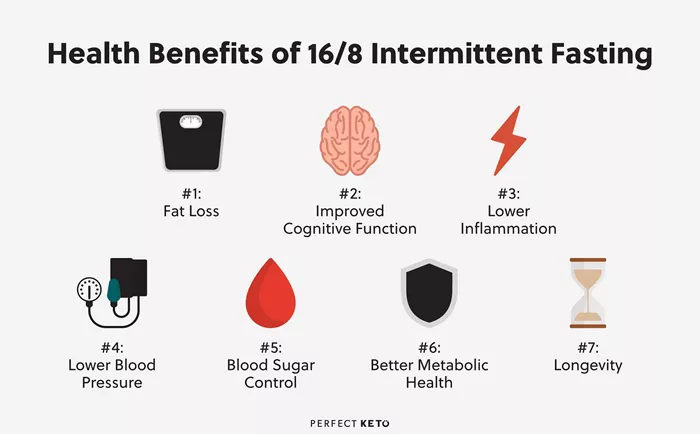Cases of Valley fever have surged across California in 2024, with some regions experiencing a dramatic rise of more than 100% year-over-year, according to the latest data from the California Department of Public Health (CDPH). The respiratory illness, caused by inhaling fungal spores from the soil, has been linked to rising concerns over public health, particularly in the state’s agricultural communities.
Valley fever, which manifests as symptoms like cough, fever, chest pain, and difficulty breathing, can become life-threatening if left untreated. In severe cases, the infection can spread to the brain, causing meningitis or even death. While the majority of cases are concentrated in central California, particularly in areas like Kern County, there has been an alarming spread into new regions such as parts of Northern California and Southern California.
Spike in Cases Across the State
The CDPH’s statewide Valley fever database, which includes data up to November 30, reveals that several counties have experienced notable increases in cases. Alameda, Contra Costa, Fresno, Kern, Los Angeles, Madera, Riverside, and Sacramento counties are among those reporting year-over-year increases. In some counties, such as San Francisco, the rise was more modest, with the total number of cases increasing from 24 in 2023 to 50 in 2024.
Monterey County has seen the most dramatic increase, with cases jumping from 96 in 2023 to 299 in 2024 — a staggering rise of more than 200%. Kern County, located in the hot, dusty Central Valley, continues to record the highest number of Valley fever cases in the state, accounting for 3,768 of California’s 11,076 confirmed cases this year.
Outbreak at Music Festival
In a notable development earlier this year, at least 19 people tested positive for Valley fever after attending the Lightning in a Bottle music festival near Bakersfield. Of those infected, eight required hospitalization. The outbreak highlights the increasing risk of Valley fever in areas where people are exposed to airborne spores, such as large outdoor events or agricultural work.
At-Risk Populations
Those most at risk for contracting Valley fever are individuals who frequently work outdoors in dust-prone environments, particularly agricultural workers in California’s Central Valley. The CDPH has issued a set of recommendations for individuals living in or traveling through areas where the disease is common. These include staying indoors during windy or dusty conditions, wetting soil before digging, and wearing N95 masks when working in dusty environments.
Public Health Response and Recommendations
Health officials continue to monitor the rise in Valley fever cases and are urging residents in affected areas to take precautions. The disease is typically treated with antifungal medications, but early detection is critical in preventing severe complications.
As the number of cases rises, particularly in agricultural and high-risk areas, public health experts are emphasizing the importance of awareness and protective measures. The CDPH continues to collect data, with the goal of better understanding the full scope of Valley fever’s impact in California and across the western United States.
For more information, residents are encouraged to visit the California Department of Public Health’s official website or consult with healthcare providers for guidance on prevention and treatment.
Related Topics
Parkinson’s Disease Boxing Project Expands Nationwide Following Success in Cornwall
Russia Unveils Groundbreaking mRNA Cancer Vaccine, Promises Free Distribution in 2025
Ginger and Turmeric: A Nutritionist Explains Their Role in Restoring Health



































